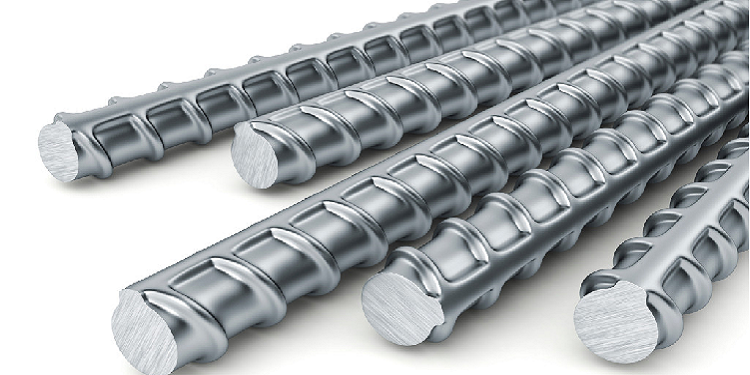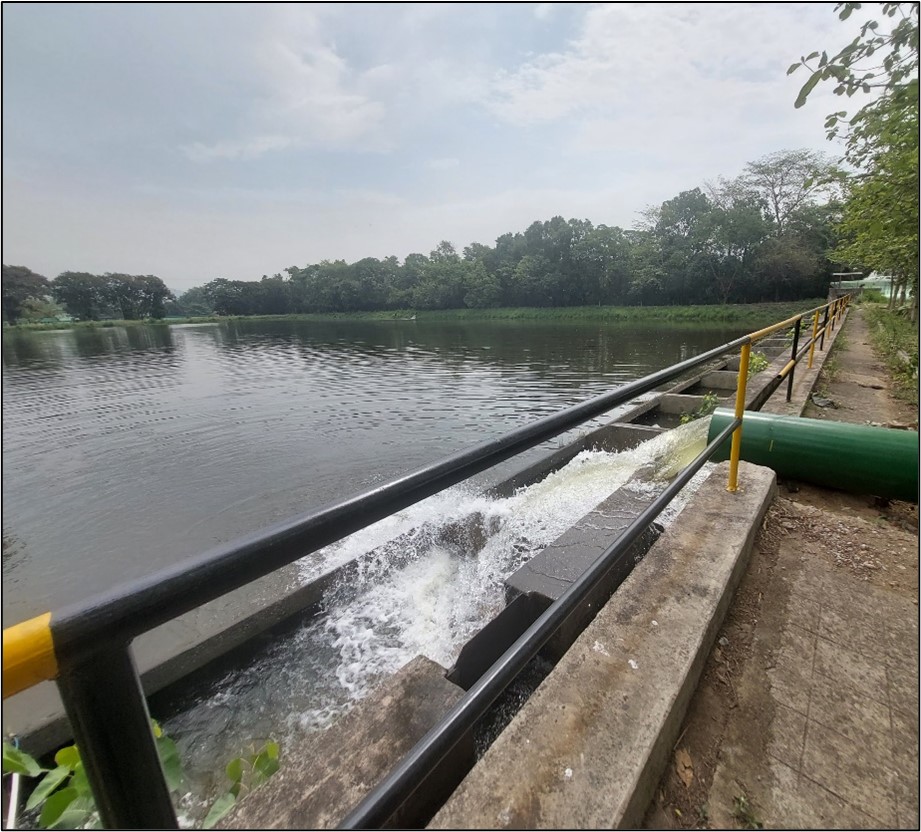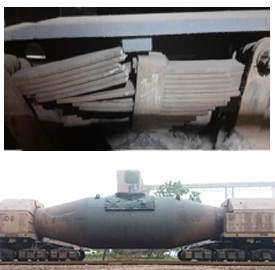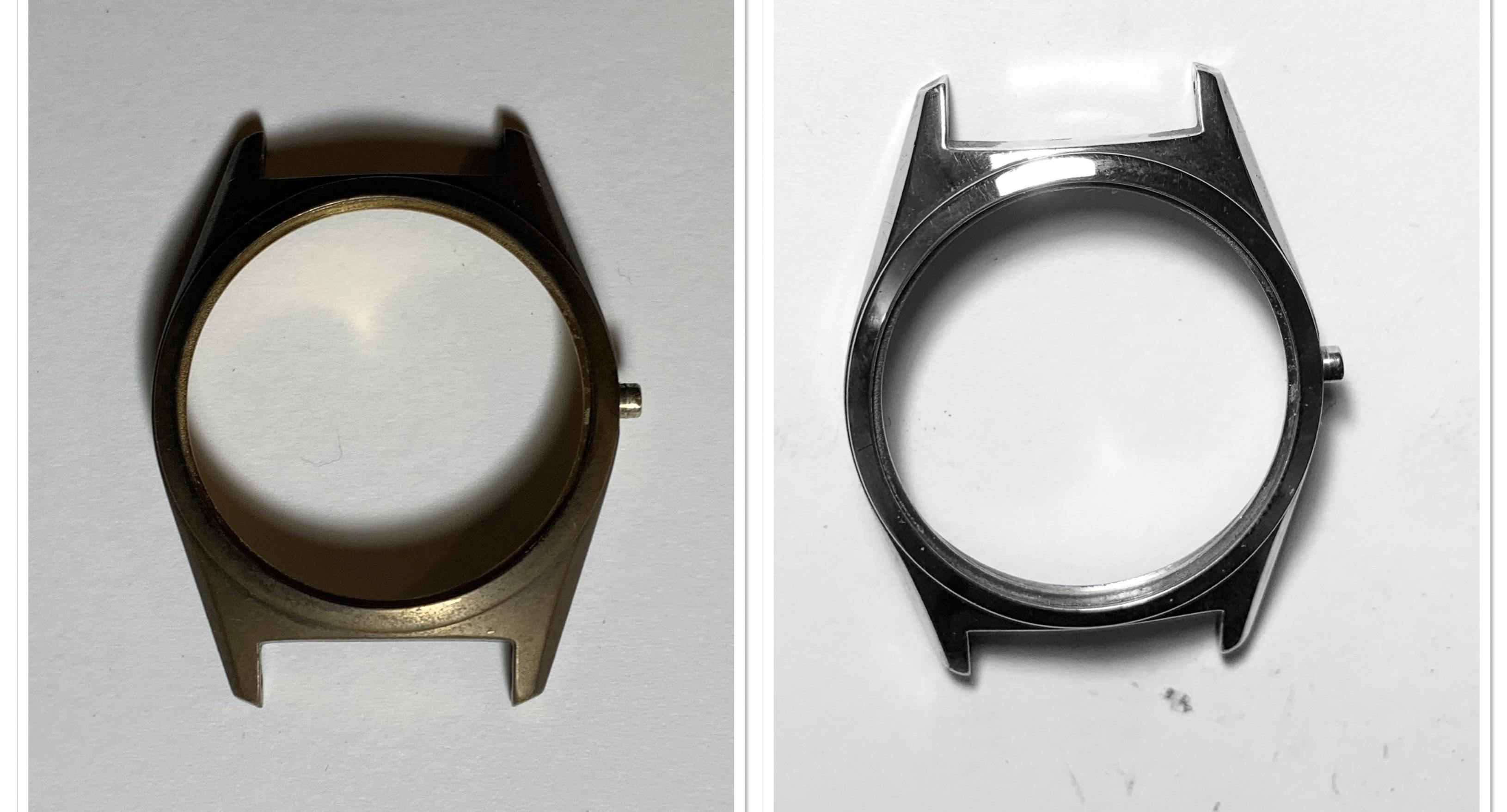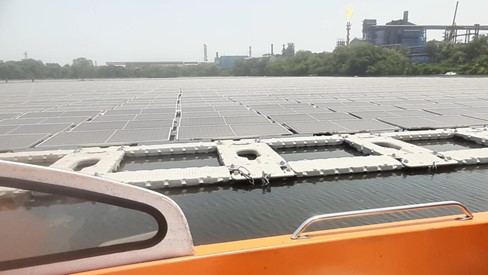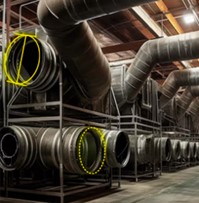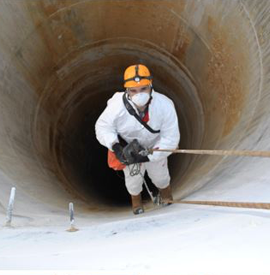
17 JAN 2017
INR 1,00,000
Challenge Details
In order to facilitate bonding with the surrounding concrete, Ribs, also known as deformation pattern, are provided on the Rebar surface. Critical geometrical features of ribs are: a) height from the base, b) incline angle, c) projected length of transverse rib (i.e. the length of transverse rib between the longitudinal ribs) and d) space between successive ribs. It is desired to measure these features accurately to calculate the ‘mean projected area’ per unit length. The ‘mean projected area’ per unit length is one of the criteria to determine whether the Rebar under consideration is fit for use.
Current method of measuring these features has limitations in accuracy, speed of evaluation, dependency on operator's skill etc. Above all, current method cannot be deployed for quick process control measures, either during production or on-site evaluation, to facilitate decision making.
Geometrical features are currently manually measured which involves taking an imprint on the paper (using carbon paper and a sheet of paper which is rolled around the Rebar sample to be measured) and then using a protractor the incline angle is determined. Space between the ribs and the length of the transverse ribs are measured using a scale. Height is also manually measured using a slide caliper. Figure 1 below shows the geometrical features of rebar and Table 1 shows their respective typical values.


These measurements are carried out on-line for process control. In the case of straight bar it is measured once every hour and for coils, it is measured once every 30 coils. Measurement is also carried out whenever customer raises a question about the suitability due to rusting on the surface. In the field, it takes about 30 minutes per measurement.
It is desired to have a device (preferably hand held), which will eliminate the manual method and also speed up the measurement process in the field. Portability of device and not needing any electrical power for operation would be desirable for the solution. Above all, there should not be any compromise on the accuracy of the measurements. The device should be simple to use without requiring additional skills. The new device once deployed should enable increased frequency of measurements.
Success Criteria
Accurate and speedy measurements, hand held and compact device, and should not require any instrumentation or measuring devices.



